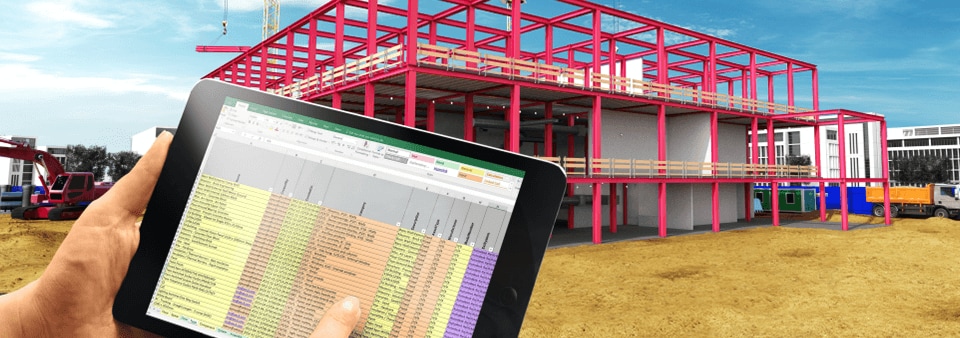3D modeling may be the process of developing a three-dimensional digital representation of an object or environment using specialized software. It involves constructing a virtual model with length, width, and depth, that can be viewed and manipulated from different angles.
Below are a few key areas of 3D modeling:
Geometry: 3D models are built using geometric shapes such as points, lines, curves, surfaces, and solids. These elements are accustomed to define the structure and type of the object being modeled. The geometry could be created manually or generated from scanned data or other sources.

Software: Various software applications are for sale to 3D modeling, ranging from general-purpose modeling software to industry-specific tools. Browse this site modeling software includes Autodesk 3ds Max, Autodesk Maya, Blender, SketchUp, and SolidWorks. Each software has its set of features and capabilities.
Techniques: Different techniques can be used to create 3D models. These techniques include polygonal modeling, where surfaces are made of interconnected polygons; NURBS (Non-Uniform Rational B-Splines) modeling, which uses mathematical curves and surfaces to define shapes; sculpting, which involves manipulating digital clay-like materials; and parametric modeling, which utilizes mathematical equations to generate procedural models.
Texturing and Materials: 3D models can be assigned textures and materials to simulate their appearance in an authentic manner. Textures range from color maps, bump maps, specular maps, and more, which add detail and surface characteristics to the model. Materials define properties such as for example reflectivity, transparency, and shininess.
Lighting and Rendering: Lighting plays a crucial role in creating realistic 3D models. BIM Surveys Sutton Coldfield could be positioned and manipulated to illuminate the scene and cast shadows. Once the model is properly lit, it is usually rendered, which is the process of generating your final image or animation based on the 3D model, lighting, materials, and other settings.
Applications: 3D modeling finds applications in various industries, including architecture, engineering, entertainment, gaming, product design, virtual reality, and much more. It is used to generate visualizations, animations, simulations, virtual environments, prototypes, along with other digital assets.
Overall, 3D modeling enables the creation of virtual representations which you can use for visualization, analysis, communication, and production purposes, providing a valuable tool for an array of industries and creative endeavors.
